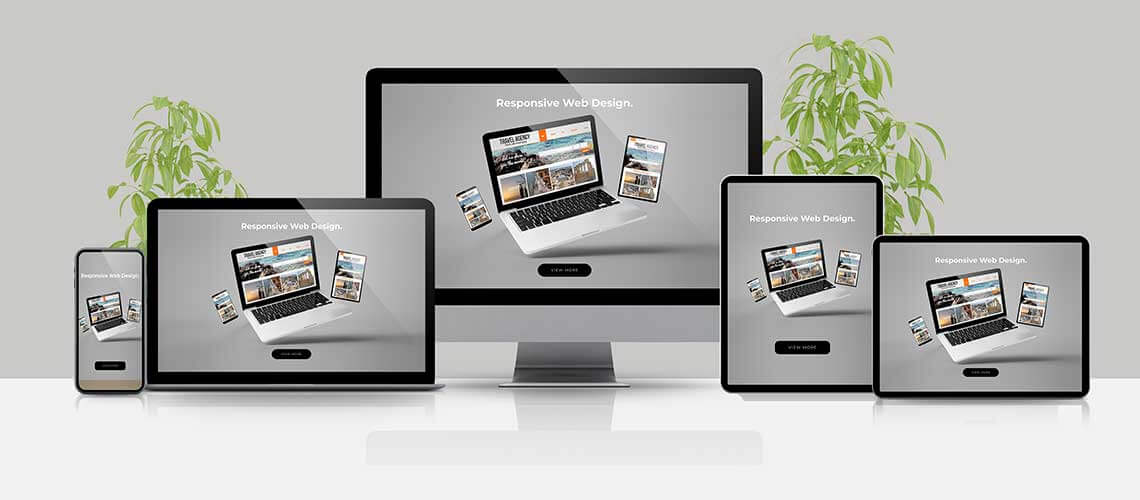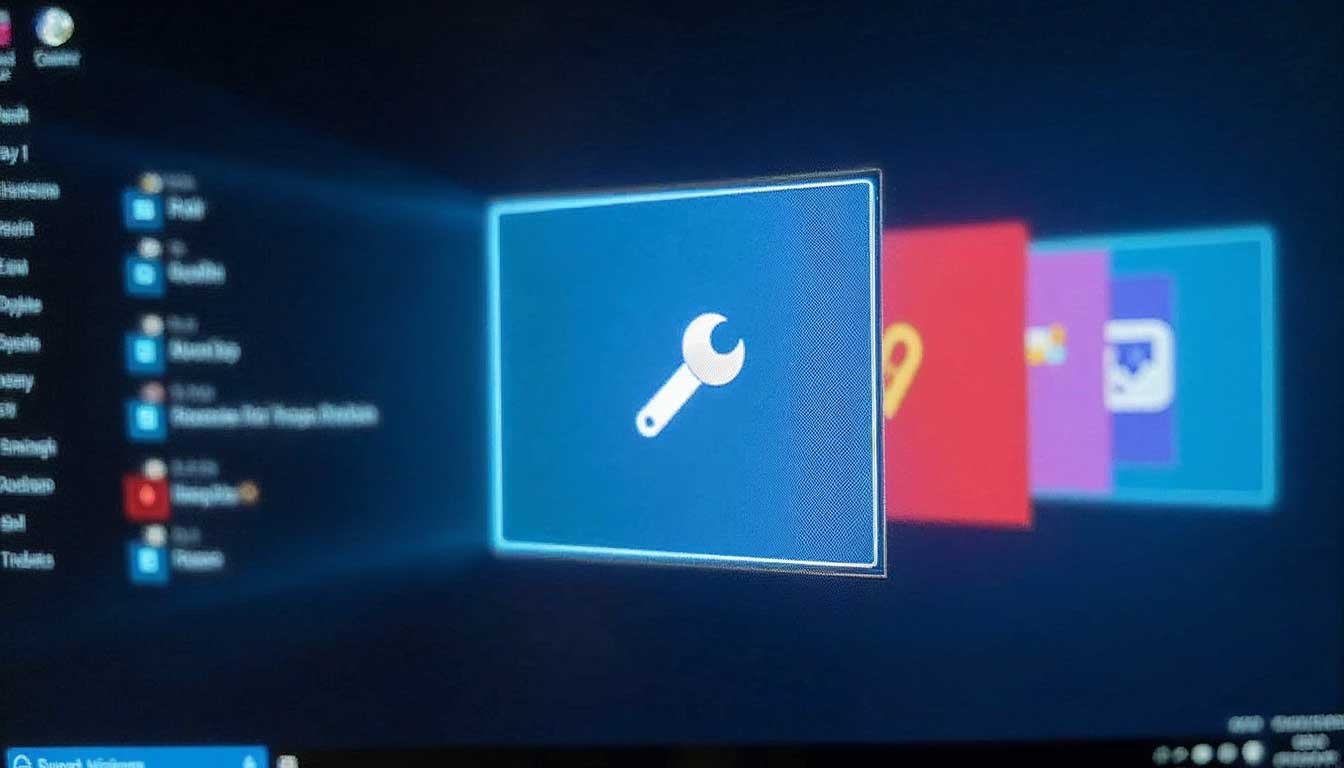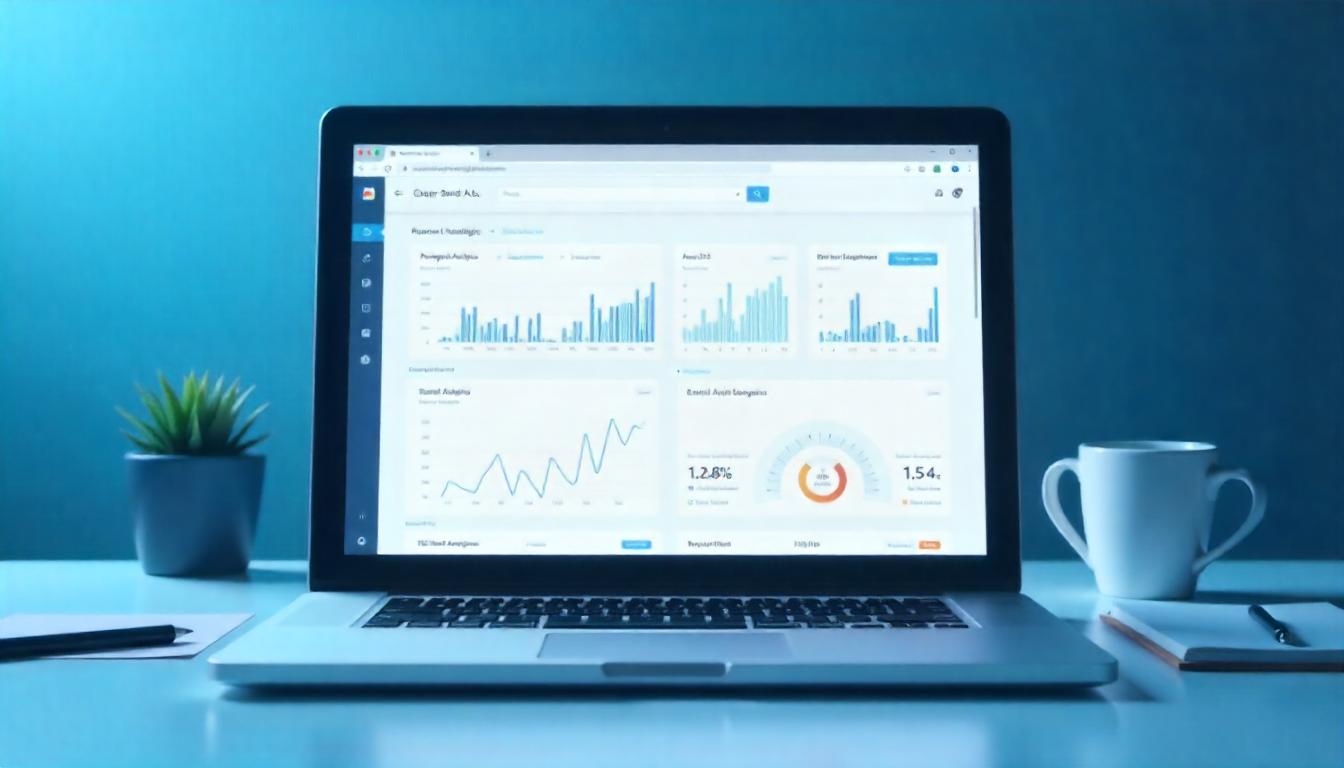The Ultimate Guide to Responsive Web Design in Dubai
In the digital landscape of Dubai, where mobile device usage continually surpasses desktop, Responsive Web Design in Dubai is not just beneficial—it’s essential for business success. This guide will explore the key elements of responsive design, why it’s critical in Dubai’s market, and provide detailed strategies for effective implementation.
Why Responsive Design? Responsive web design (RWD) ensures that your website offers an optimal viewing experience across a range of devices, including desktops, tablets, and smartphones. By using fluid grid layouts, flexible images, and CSS media queries, RWD provides a user-friendly interface that adjusts content according to screen size and orientation. This adaptability is crucial for enhancing user engagement, minimizing bounce rates, and boosting SEO rankings.
Key Principles of Responsive Web Design:
- Fluid Grid Systems: Utilize proportion-based grids to scale elements dynamically based on different screen sizes, ensuring consistent experience across devices.
- Flexible Images and Media: Implement techniques so that images and media elements scale correctly to save bandwidth and improve page load times.
- Media Queries: Employ CSS media queries to apply different styles for different devices, enhancing the device-appropriate layout’s aesthetics and functionality.
Benefits of Responsive Web Design in Dubai:
- Increased Traffic from Mobile Users: With Dubai’s high smartphone penetration rate, a mobile-optimized website can significantly increase your traffic.
- Improved Search Engine Rankings: Google prioritizes mobile-friendly websites in its search results, especially after the rollout of mobile-first indexing.
- Higher Conversion Rates: A responsive website provides a better user experience, which can lead to higher conversion rates and increased sales.
Implementing Responsive Web Design in Dubai:
To implement effective responsive web design, start by conducting an audit of your existing website to identify areas that need improvement. Use tools like Google’s Mobile-Friendly Test to analyze how well your site works on mobile devices. From there, work with a skilled web designer in Dubai who understands the local market and can tailor your site’s design to meet both cultural and technical expectations.
Throughout the implementation process, continuously test your website on various devices to ensure all elements function correctly. Remember, the goal is to provide a seamless and engaging user experience for all site visitors, regardless of the device they use.
Conclusion:
Implementing Responsive Web Design in Dubai is a strategic investment that can significantly enhance your online presence. By focusing on the principles outlined in this guide and continuously adapting to new technologies, you can ensure your website remains competitive and relevant in Dubai’s fast-evolving digital market.








